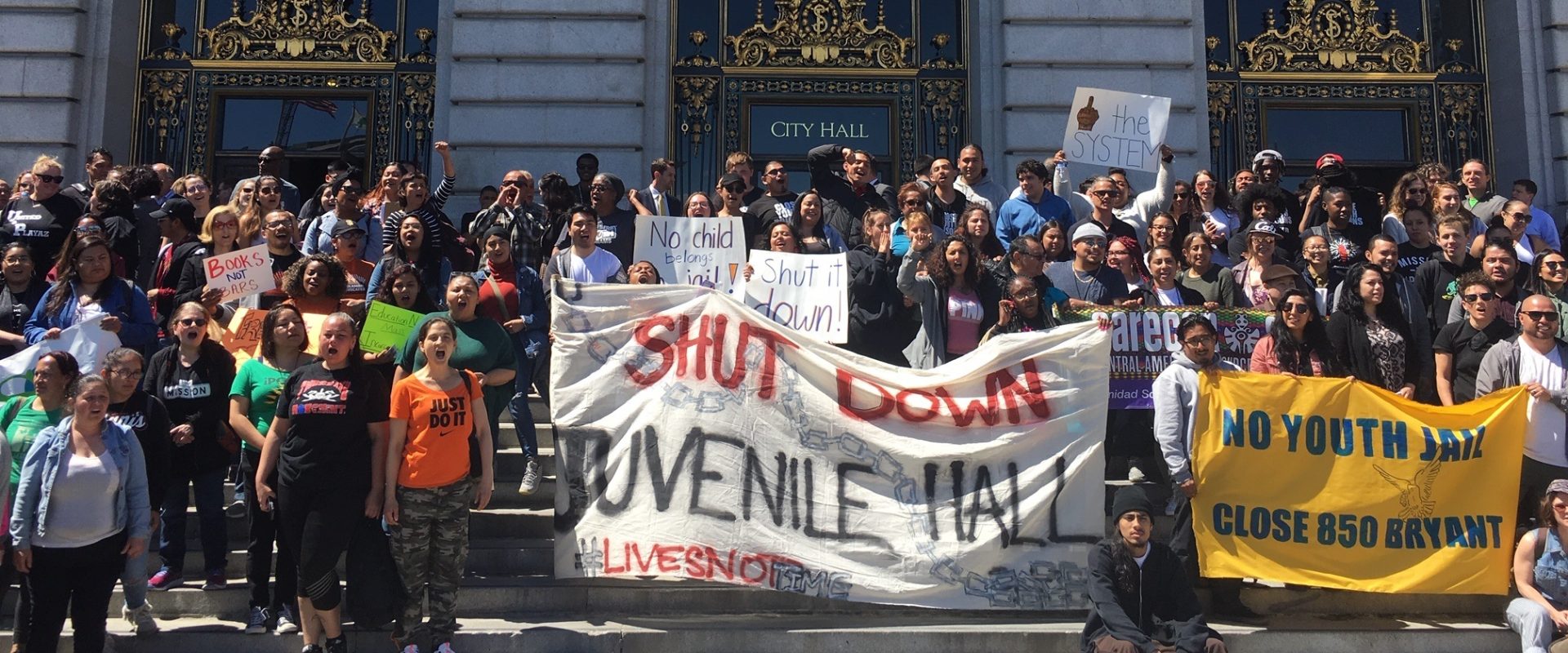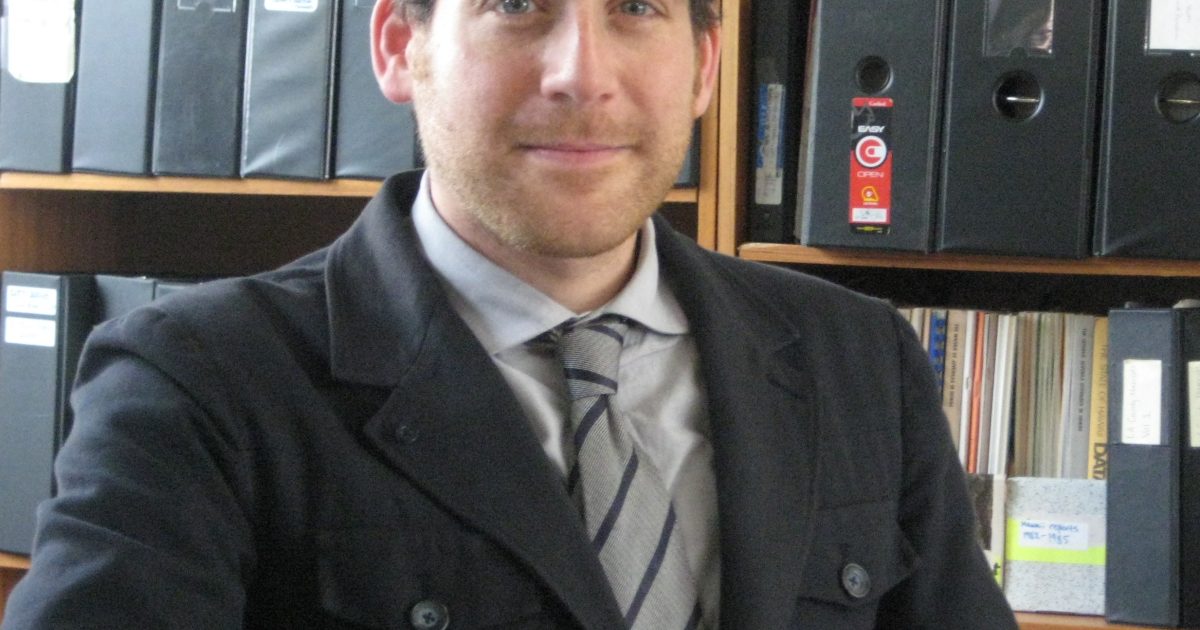May 24, 2012
The Not-So-Shared Sacrifice of Californians
The Not-So-Shared Sacrifice of Californians California Progress Report, May 24, 2012
Blog May 24, 2012
Who is deciding California’s budget priorities?
This week, both the Senate and Assembly budget subcommittees on pubic safety held hearings on Governor Brown’s revised proposal for the state’s youth correctional facilities, Division of Juvenile Facilities (DJF). Under heavy pressure from law enforcement associations, the Governor backed down from his January proposal to close the front door of the DJF and allow the youth offender population to decrease through attrition. In its place, the Governor has proposed a new annual $24,000 per ward…
Blog May 22, 2012
Inequality in America
As promised in my last blog , I will summarize the current level of inequality in the United States. In a word, it is ugly! By most measures, we are far behind other democratic societies, such as Canada, most European countries and Australia. One of the most common measures of income inequality is known as the Gini Index of Inequality (a value of 0 means perfect equality – everyone earns the same amount; and a value of 100 means perfect inequality – one person earns all), has gone up since…
May 21, 2012
Governor now wants to keep juvenile lockups open
Governor now wants to keep juvenile lockups open San Francisco Chronicle, May 20, 2012
Blog May 17, 2012
CJCJ response to Governor Brown’s May budget revise
On May 14, 2012 Governor Brown released the May revision to the budget for fiscal year 2012⁄13. The revision retracted both his original proposal for full juvenile justice realignment and the budget triggers that were implemented last year. The revised budget includes important juvenile justice reform measures. The proposal institutes a $24,000 annual per youth fee for utilizing state facilities; representing 13% of the total cost. As overuse of state facilities by some counties has created…

